Shada E14 LED Lamps


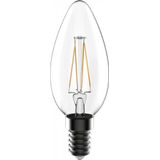
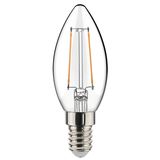



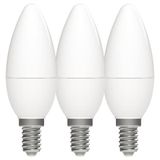
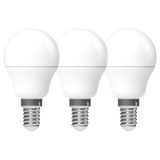
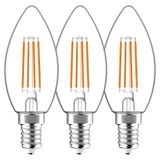
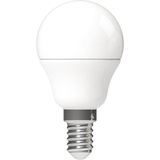
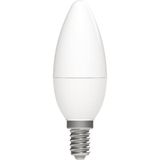
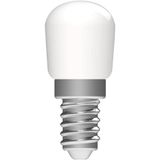

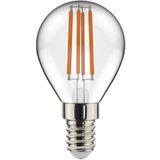
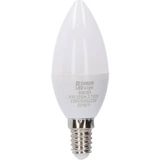

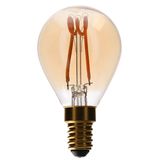
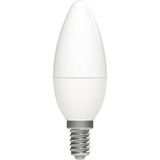
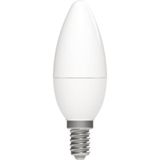
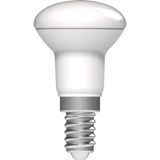
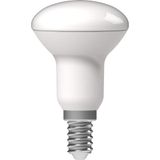
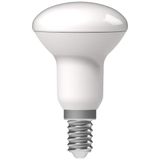
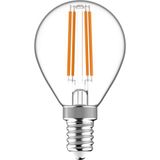

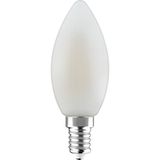
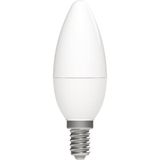
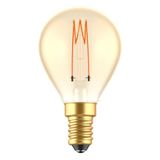
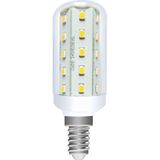

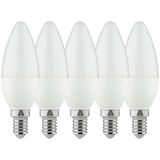
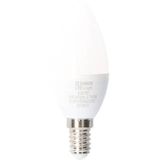
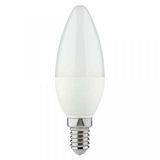
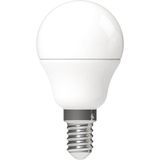
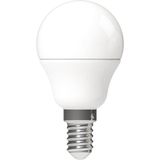
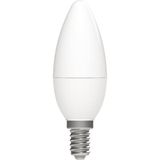


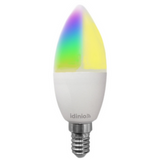
shada e14 led bulbs for compact luminaires
Shada focuses on small-neck screw lamps that drop straight into chandeliers, sconces, bedside fittings, and tight shades where space is limited. Bodies come in candle and golfball forms with either filament look for visible fixtures or opal domes for diffuse glow. Installers get predictable cap geometry that seats in shallow holders, clear lumen marking for one-to-one swaps from legacy wattages, and drivers that behave well on modern dimmers when the correct control type is specified.
Product range and series overview
Candle C35/B35 and golfball P45 dominate the range, with clear and frosted options. Output classes typically include 250–470 lm for ambiance layers and 600–806 lm where a single lamp must carry the task. Beam is wide—around 300–320°—so shades and bowls illuminate uniformly. Special variants cover flicker-reduced electronics for camera-heavy venues, high-CRI models for hospitality, and low-glare domes to tame sparkle near mirrors. Appliance-style skus exist for cool and chilled cabinets; for ovens, use only high-temperature rated types called out by the submittal.
shada led candle bulbs shapes and optics
Candle lamps keep the decorative silhouette while driving uniform emission. Clear versions use linear or spiral filaments to preserve sparkle in crystal and cut-glass pendants. Opal domes soften shadows in hotel corridors and residential bedrooms. For multi-arm fixtures, prefer matched filament geometries across a room to avoid mixed highlights; where glare is an issue, choose soft-frost optics and set dimmer minimums during commissioning.
shada e14 small base lamps technical parameters
Electrical: 220–240 V AC, 50/60 Hz. Typical power 2.5–7 W depending on lumen class. Power factor ≥0.5 on low-power types and up to ≥0.9 on premium drivers; THD generally ≤20 %. Photometrics: CRI 80 baseline with CRI 90 options; common CCTs are 2700 K, 3000 K, and 4000 K. Lifetime commonly L70/L80 at 15–30k h for decorative filaments and up to 50k h on opal mid-power packages, backed by LM-80/TM-21 data. Thermal envelope −20…+40 °C; check tc when placing high-lumen lamps in sealed shades. Ingress is for dry interiors (IP20) unless stated otherwise. Compliance aligns with IEC/EN 62560 and EN 62612; drivers reference IEC/EN 61347-1/-2-13; EMC to EN 55015 and EN 61000 series; materials meet RoHS. Percent-flicker/PstLM values can be specified for workspace adjacencies.
Technical specifications and standards
Caps and collars use the 14 mm Edison thread with precise neck length for flush seating in narrow holders. Contacts are nickel-plated for corrosion control in bathrooms outside direct splash. Surge robustness of 1–2 kV handles long apartment spurs; in dense circuits, document inrush so breakers and dimmers aren’t overstressed. For phase-cut dimming, trailing-edge control gives the most stable low-level performance with LED loads; 1–10 V and DALI-2 variants are available where the project standardizes on control gear.
Applications and compatibility
Hospitality suites, dining clusters, and gallery rails are the natural habitat. Use 2700 K in guestrooms and dining, 3000 K in mixed public areas, and 4000 K in task-leaning back-of-house. In multi-arm pendants, distribute lumen per lamp to keep drivers cool; more small lamps at lower power run cooler than a few high-lumen pieces in sealed cups. When retrofitting vintage fittings, verify cup diameter and shade clearance—some crystal collars bite into over-wide domes. If emergency inverters drive maintained circuits, select lamps validated for DC or square-wave outputs.
Integration with other Shada products
Pair lamps with the brand’s holders, ceiling roses, and compression glands to keep strain relief consistent across rooms. Wall plates from the switch range provide trailing-edge dimming that suits LED drivers; note the minimum stable setting in handover docs. For neat maintenance, use label frames from the installation materials line so CCT and CRI stay visible after swaps. In corridor strings, quick connectors from the accessories range reduce lift time and help standardize polarity.
Selection criteria for B2B clients
Start from target lux and shade loss rather than “equivalent watts.” Choose lumen class accordingly: ~250–350 lm for multi-arm ambiance, 470–600 lm for single-point sconces, 806 lm where a lone lamp must meet task levels. Lock CCT by area and specify CRI 90 where finishes or food presentation matter. Confirm dimmer type per floor; avoid mixing lamp revisions on the same channel to keep dim curves consistent. In sealed shades, cap wattage or select enclosed-rated skus to protect lifetime. Where procurement bundles rooms, keep one filament style per zone to avoid inconsistent sparkle in photos and post-handover marketing.
shada decorative led bulbs use cases
Visible pendants, open chandeliers, and café strings benefit from clear-glass filaments that mimic tungsten without the heat. For mirrors and vanity lines, pick opal domes to reduce veiling glare. In gallery rails, neutral-white, high-CRI variants keep colors accurate while preserving the small-socket aesthetic. Outdoor covered terraces require UV-stable housings and gaskets rated for splash; check the datasheet before specifying in damp areas.
Procurement notes for copy decks and BOMs: projects mentioning shada e14 led lighting often standardize two lumen classes to simplify spares; specifications that call out shada e14 screw base lamps should include maximum globe diameter for tight shades; when kits are issued to residential installers, label cartons with shada small socket led lights so the right cap arrives on site the first time.
Advantages of working with Bankoflamps
We map lamp classes to your room schedules and show live EU stock before crews are booked. Quotations typically return in about an hour with EAN/MPN so CCT, CRI, and geometry don’t drift across phases. Your portal provides lead times, shipment tracking, and downloadable price lists, with pricing validity aligned to approval gates. Trusted accounts can use post-payment up to 30 days. We consolidate partials to cut freight and errors, and your account manager cross-checks cup and globe sizes, cap material, dimmer compatibility, breaker density, enclosure temperature, and connector choice against your drawings—so cartons land site-ready and installers stay on their ladders only once.